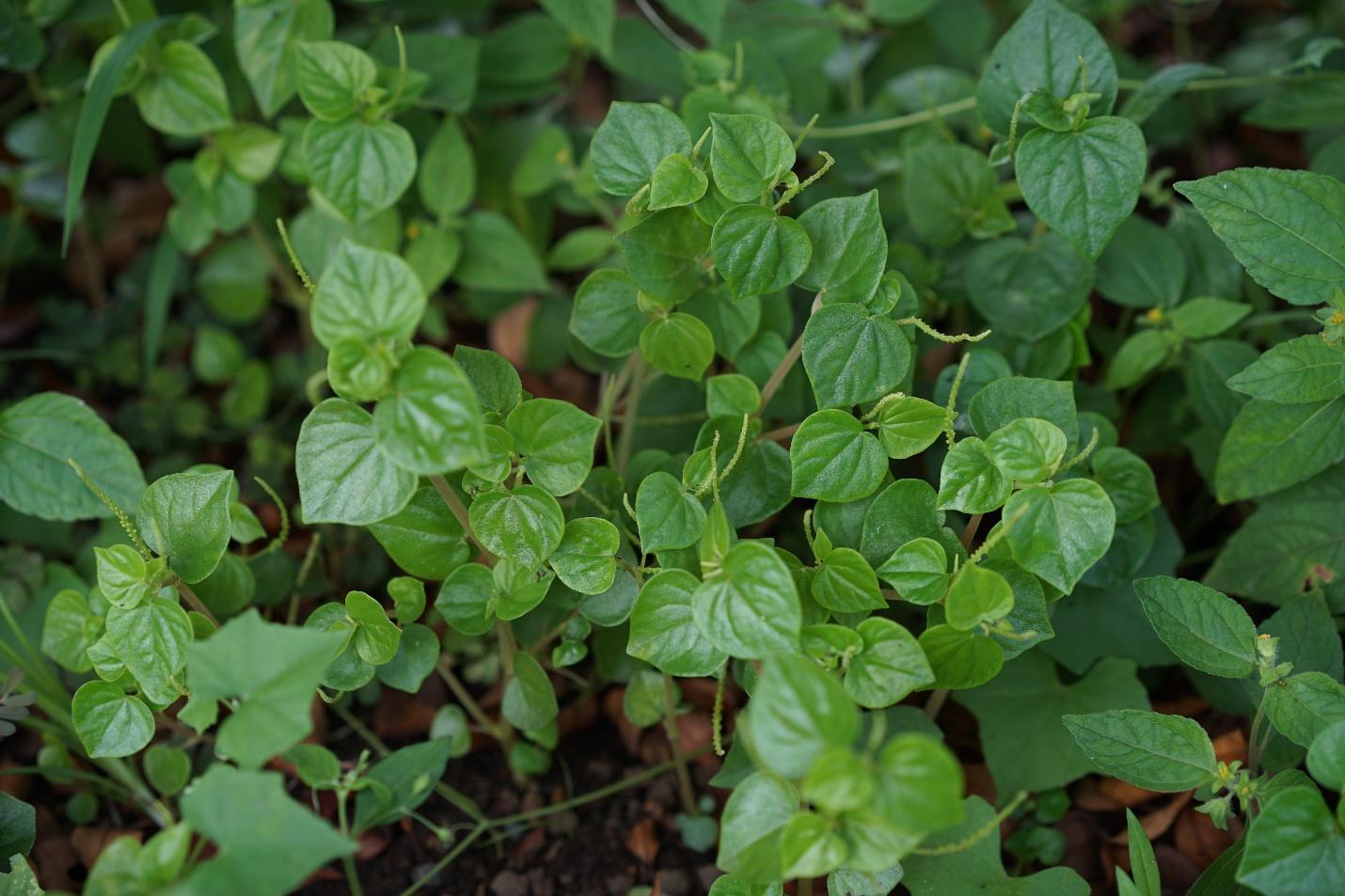
After decades of studies, researchers from the University of the Philippines Manila (UPM) have developed a natural treatment for gout, a type of inflammatory arthritis, and hyperuricemia, or abnormally high uric acid levels in the blood.
The oral tablets are made from the extract of pepper elder or shining bush plant (Peperomia pellucida), which has long been used as a traditional medication for its pain-relieving, anti-inflammatory properties.
The plant is known in the country for its different names—“pansit-pansitan” or “ulasimang-bato” in Tagalog, “olasiman-ihalas” in Bisaya, “sinaw-sinaw” or “tangon-tangon” in Bicolano, “lin-linnaaw” in Ilocano and “clavo-clavo” in Chavacano.
The Department of Health said it had endorsed P. pellucida since 1992 as among the 10 “scientifically validated” medicinal plants.
Folk healers let their patients consume the plant’s leaves raw, have it dipped in water like tea for drinking, or apply the mashed herb like an ointment.
Researchers of UPM’s Institute of Herbal Medicine (IHM)-National Institutes of Health (NIH) have taken the medication a step further by clinically proving its effectiveness and developing it into an easy-to-take tablet.
No adverse side effects
During the unveiling of the formulation at the 2nd Philippine Pharma and Health care Expo last month, UPM professor Jade Rodriguez said the clinical trials demonstrated a progressive reduction in uric acid among participants, with a 40-percent decrease observed by Day 14.
This reduction continued to 63 percent by Day 28 and 78 percent by Day 49 of the trials.
Notably, no adverse side effects were reported, in contrast to conventional gout remedies such as allopurinol or febuxostat—which may cause kidney and liver injuries, and other reactions.
“Our research shows that ulasimang bato has powerful anti-inflammatory and antihyperuricemia properties. It could be a safer, more natural way for Filipinos to manage gout without the risks linked to synthetic drugs,” Rodriguez said.
The UPM team behind the innovation, mostly experts in herbal medicine, includes Nina Evangelista; Doctors Horacio Estrada, Nelia Cortes-Maramba, Jaime Purificacion, Romeo Quijano, Bernadette Heizel Manapat-Reyes, Jesus Sarol, Isidro Sia and Cecilia Zamora; and Professors Evangeline Amor, Natividad de Castro, Constancio de Guzman, Leticia-Barbara Gutierrez, Jocelyn Palacpac and Ernesta Quintana.
1.8M Filipinos affected
Gout is caused by too much uric acid, which dissolves most of the time in the blood, passes through the kidneys and is expelled from the body as urine.
But when uric acid is too high, it may form hard crystals in the joints, often around elbows, knees, or hands, which cause painful swelling.
Gout attacks can recur frequently unless treated and also managed through a healthy diet—which should minimize food and drinks high in purine, the gout-inducing compound, such as meat fat, seafood including certain types of fish, seeds of vegetables and fruits, sugary beverages and alcohol.
Over time, these attacks can harm the joints, tendons and other tissues.
Based on the Global Burden of Disease Study 2021 published last year in The Lancet journal, around 56 million people worldwide are afflicted with gout—a figure projected to reach 96 million by 2050.
Around 1.8 million Filipinos, or 1.6 percent of the country’s 114 million population, have gout, according to the Philippine Rheumatology Association.
Men between 30 and 50 are more likely to develop gout, while women generally experience onset of symptoms after menopause.
Since their formulation is now patented, UPM researchers said they aim to make the tablet available to the public and are looking for companies that will manufacture and distribute the product.










